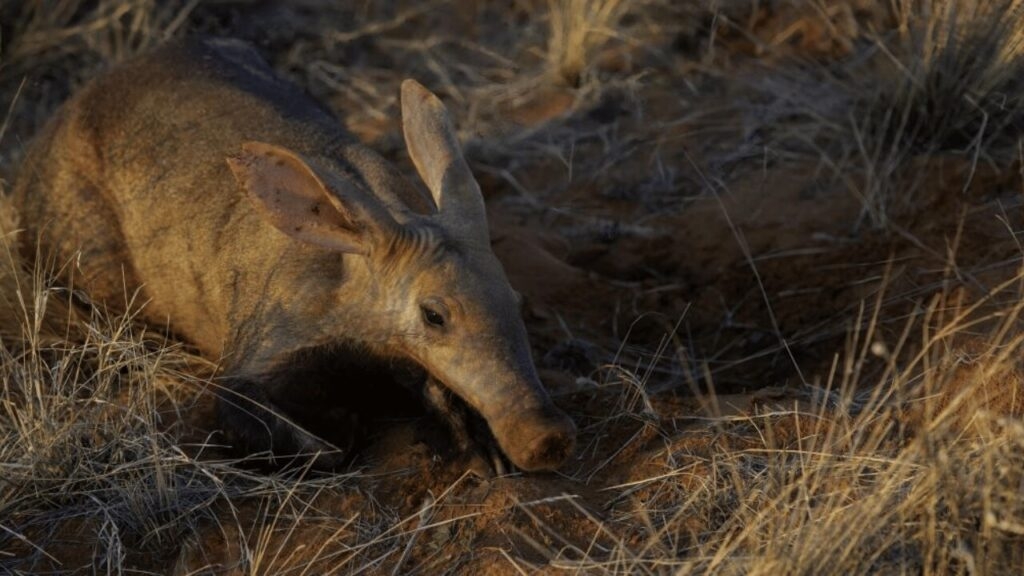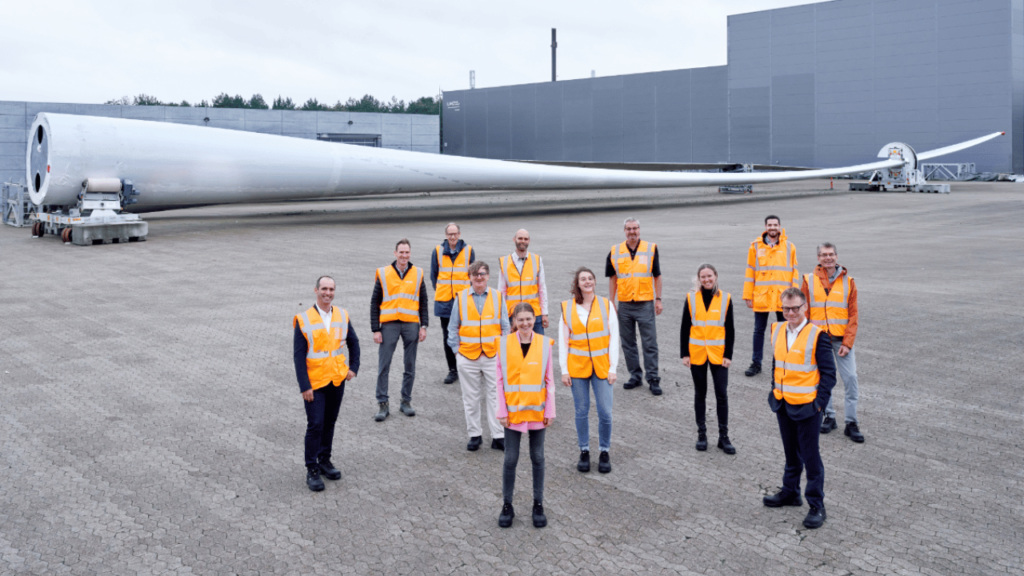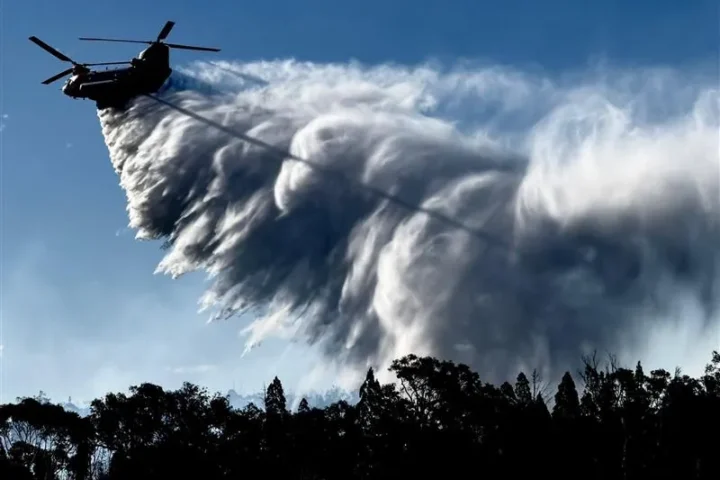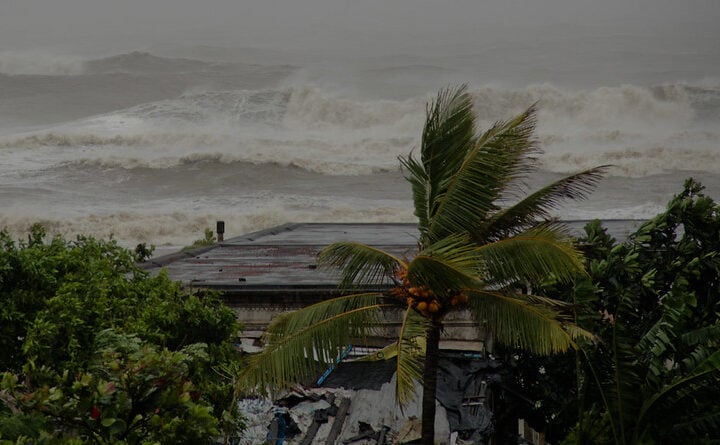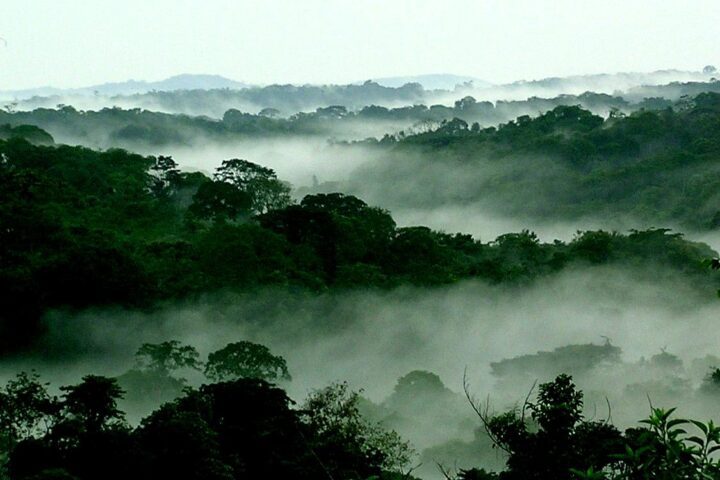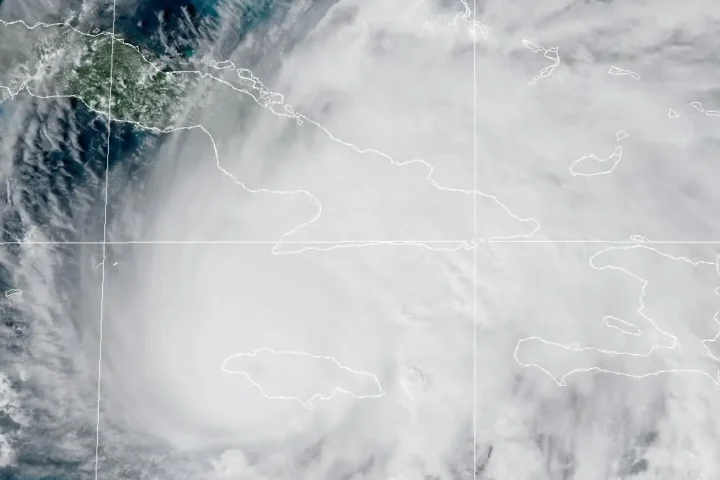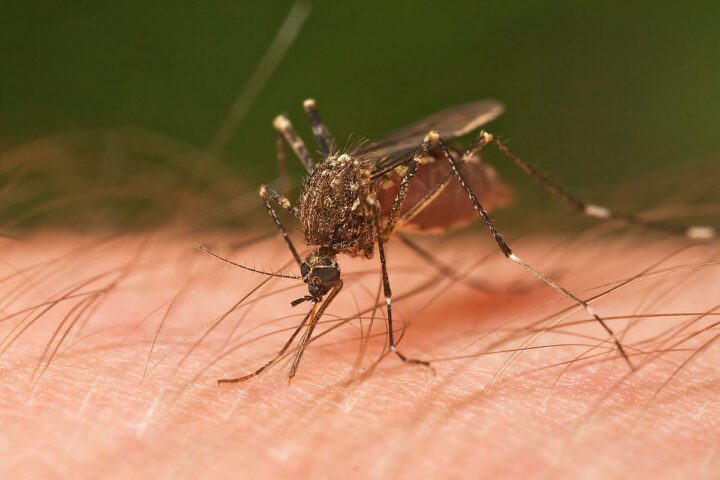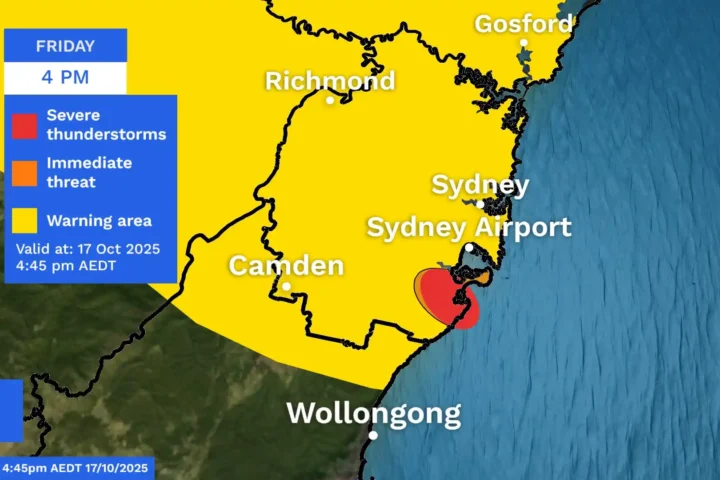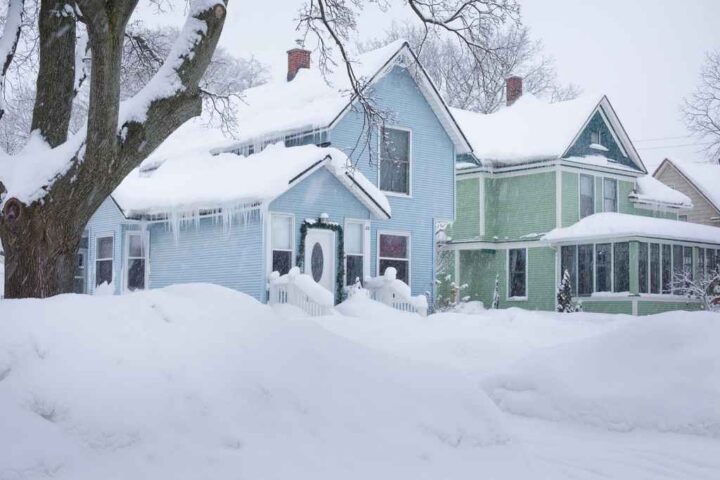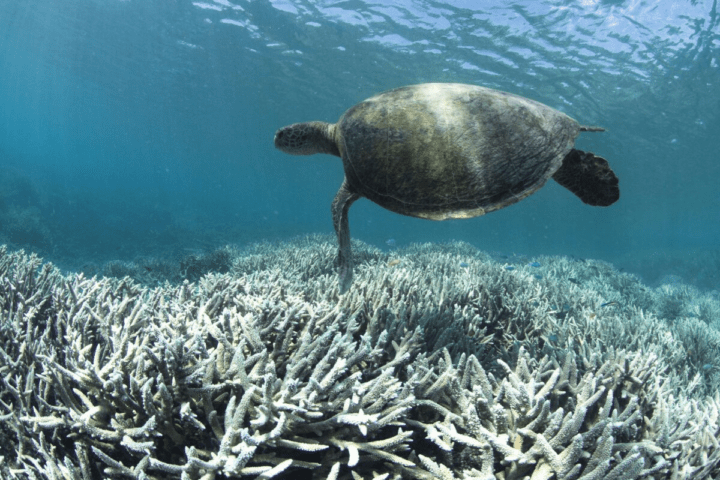Researchers from Oregon State University conducted a groundbreaking observation on aardvarks in sub-Saharan Africa, focusing on the effects of climate change on these animals. The lead scientists, wildlife biologists Clint Epps and wildlife geneticist Rachel Crowhurst, meticulously analyzed aardvark feces to gather genetic data.
Over several months, the team collected 253 feces specimens from Kenya, Eswatini, and South Africa. They developed a microsatellite marker for DNA extraction from these samples. This non-invasive genetic approach allowed them to evaluate 104 samples, providing crucial insights into aardvark populations.
The genetic analysis revealed three distinct local divisions of aardvarks within South Africa, showing varying degrees of isolation. Some aardvarks traveled up to seven kilometers, indicating larger home ranges than previously thought. Additionally, aardvarks separated by distances up to 44 km showed genetic connections, suggesting possible dispersal distances.
The study found a correlation between genetic similarity and proximity, with individuals living closer (less than 55 km apart) having greater genetic similarity. More arid areas showed greater genetic differentiation, indicating limited movement in these regions. This raises questions about how climate change, particularly increasing aridity, may affect aardvark populations.
Epps and his team plan to expand their research to include a sub-Saharan African field study and genomic evaluation. Despite aardvarks being classified as “least concern” by the IUCN, this study underscores the need for thorough evaluation of their distribution and population trends.
Aardvarks, unique members of the order Tubulidentata, play a vital ecological role in their habitats. Their nocturnal and burrowing behavior has traditionally made them challenging to study.
Similar Posts
The study involved collaboration with local landowners and managers of protected areas. Significant contributions came from co-authors Rob Spaan and Matt Weldy of Oregon State University, and Hannah Tavalire from the University of Oregon. Epps’ expertise in tracking aardvark signs was crucial to the study’s success.
Clint Epps, a wildlife biologist at Oregon State, highlighted the significance of this research. “Everyone had heard of aardvarks and they are considered very ecologically important but there has been little study of them,” said Epps. “We wanted to see if we could collect enough data to begin to understand them.”
This research aligns with Oregon State University’s commitment to sustainable environmental solutions. The findings, published in Diversity and Distribution, illuminate aardvark ecology and the impacts of climate change. The study covered various protected and private areas in South Africa, Eswatini, and Kenya between 2016 and 2018. “During times of rapid environmental change, evaluating and describing changes in the landscape where a species lives is important for informed conservation and management decisions,” mentioned Rachel Crowhurst, a wildlife geneticist collaborating with Epps.
The research highlights the potential of aardvarks as indicators of environmental changes due to aridity. Epps’s approach, combining cost-effective methods with extensive fieldwork, sets a precedent for future studies on elusive species in remote environments. The study’s interdisciplinary nature, merging genetics with wildlife biology and environmental sciences, exemplifies modern collaborative science.
